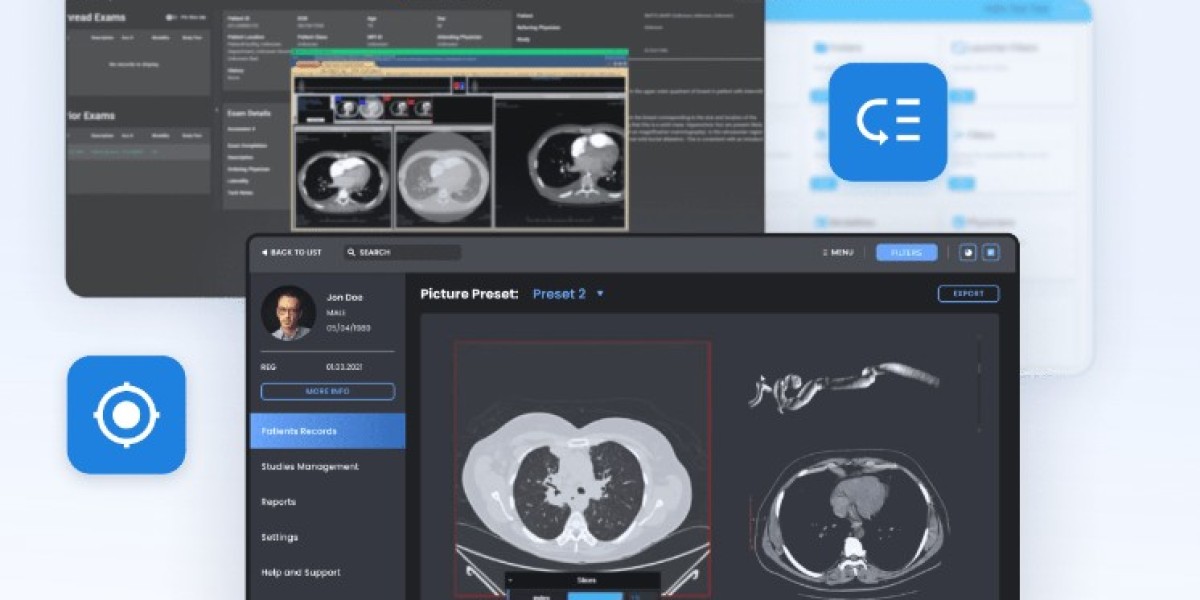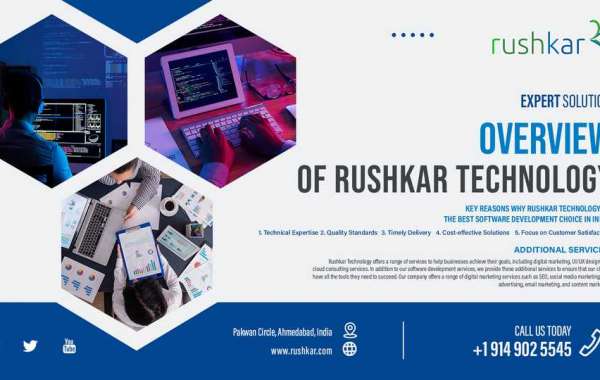Introduction
In the rapidly evolving landscape of healthcare, medical imaging stands out as a cornerstone of diagnostics and treatment planning. The Digital Imaging and Communications in Medicine (DICOM) standard is at the heart of this transformation, facilitating seamless integration, storage, and sharing of medical images. This comprehensive guide explores DICOM solutions, their significance, components, benefits, challenges, and future directions, providing a detailed understanding of how they shape modern medical imaging.
1. What is DICOM?
DICOM, an acronym for Digital Imaging and Communications in Medicine, is an international standard that defines the format and communication protocol for medical imaging data. Developed by the National Electrical Manufacturers Association (NEMA) and maintained by the DICOM Standards Committee, it was introduced in 1985 to address the need for a universal standard in medical imaging.
1.1. DICOM File Format
The DICOM file format standardizes how medical images and related data are stored. Each DICOM file contains both image data and metadata, such as patient information, study details, and imaging parameters. This format ensures that medical images are consistently and accurately represented across different devices and systems.
1.2. DICOM Communication Protocol
The DICOM communication protocol specifies how imaging devices and systems exchange data. It includes guidelines for network communication, data transmission, and query/retrieval operations. This protocol enables different devices and systems to interact effectively, facilitating the seamless flow of medical images and information.
2. Key Components of DICOM Solutions
DICOM solutions encompass a range of components that work together to manage, store, and share medical imaging data. Understanding these components is crucial for grasping the full scope of DICOM solutions.
2.1. Imaging Devices
DICOM-compatible imaging devices, such as MRI machines, CT scanners, and ultrasound systems, capture and generate medical images. These devices are designed to produce images in the DICOM format, ensuring compatibility with other DICOM-compliant systems.
2.2. Picture Archiving and Communication Systems (PACS)
PACS are integral to the management and storage of medical images. They provide a digital repository for images, allowing for efficient retrieval, viewing, and sharing. DICOM-compliant PACS systems ensure that images from various sources can be stored and accessed seamlessly.
2.3. DICOM Viewers
DICOM viewers are software applications that allow healthcare professionals to view and analyze medical images. These viewers interpret the DICOM file format and provide tools for image manipulation, measurement, and annotation. They are essential for diagnostic interpretation and treatment planning.
2.4. DICOM Converters
DICOM converters are tools used to translate DICOM files into other formats or convert images from non-DICOM formats into DICOM-compliant files. These converters facilitate the integration of images from different sources and help transition legacy systems to modern DICOM standards.
2.5. DICOM Networking
DICOM networking involves the communication protocols that enable the exchange of DICOM files between devices and systems. This includes services for querying, retrieving, and sending images across different locations, supporting efficient data sharing and collaboration.
3. Benefits of DICOM Solutions
The adoption of DICOM solutions brings numerous benefits to the healthcare industry, enhancing the efficiency and effectiveness of medical imaging.
3.1. Interoperability
One of the primary advantages of DICOM is its ability to facilitate interoperability among diverse medical imaging systems. By adhering to a standardized format and communication protocol, DICOM ensures that images and data can be shared and understood across different devices and platforms.
3.2. Improved Workflow Efficiency
DICOM solutions streamline the workflow in healthcare settings. With DICOM-compliant PACS systems, medical images can be quickly accessed, reviewed, and shared, reducing the time required for diagnosis and treatment planning. This efficiency is critical in high-paced clinical environments.
3.3. Enhanced Data Management
The integration of DICOM solutions enables better management of medical imaging data. Images and associated metadata are stored in a structured and organized manner, making it easier to retrieve and analyze historical data. This organization supports longitudinal studies and data analysis.
3.4. Remote Access and Telemedicine
DICOM solutions facilitate remote access to medical images and data, enabling telemedicine and remote consultations. Healthcare professionals can access images from different locations, supporting collaborative care and expanding the reach of medical services.
3.5. Advanced Image Analysis
DICOM viewers and software offer advanced tools for image analysis, including measurements, annotations, and image manipulation. These capabilities enhance the diagnostic value of medical imaging and support complex imaging studies.
4. Challenges and Considerations
Despite the benefits, DICOM solutions face several challenges that need to be addressed to fully realize their potential.
4.1. Data Security and Privacy
Medical imaging data is highly sensitive, and ensuring its security and privacy is paramount. DICOM solutions must incorporate robust security measures, including encryption, access controls, and compliance with data protection regulations, to safeguard patient information.
4.2. Integration with Legacy Systems
Integrating DICOM solutions with legacy systems can be challenging. Older imaging devices and software may not fully support modern DICOM standards, requiring additional effort for integration and data conversion.
4.3. Data Storage and Management
The volume of medical imaging data can be substantial, posing challenges in storage and management. Efficient storage solutions and data management practices are necessary to handle large volumes of images and metadata, ensuring quick access and retrieval.
4.4. Standardization and Compliance
Maintaining compliance with evolving DICOM standards and regulations can be complex. Healthcare organizations must stay updated with the latest standards and ensure that their systems and devices adhere to these requirements.
5. Future Trends in DICOM Solutions
The field of medical imaging is continually advancing, and several trends are shaping the future of DICOM solutions.
5.1. Integration with Artificial Intelligence
Artificial intelligence (AI) is increasingly being integrated into medical imaging workflows. AI algorithms can enhance image analysis, automate tasks, and support diagnostic decision-making. DICOM solutions will need to accommodate these advancements and support AI integration.
5.2. Cloud-Based Solutions
Cloud-based DICOM solutions are gaining popularity, offering scalable storage and remote access capabilities. Cloud computing enables centralized storage of medical images and data, facilitating easy access and collaboration across different locations.
5.3. Advanced Imaging Modalities
Emerging imaging modalities, such as molecular imaging and advanced functional imaging techniques, are expanding the scope of medical imaging. DICOM solutions will need to evolve to support these new modalities and their associated data.
5.4. Enhanced Data Security Measures
As data security concerns continue to grow, there will be an increased focus on enhancing security measures within DICOM solutions. This includes implementing advanced encryption techniques, access controls, and compliance with data protection regulations.
5.5. Improved Interoperability
Efforts to improve interoperability between different healthcare systems and devices will continue. This includes standardizing data exchange formats, enhancing communication protocols, and ensuring seamless integration across diverse platforms.
6. Case Studies: Successful Implementation of DICOM Solutions
To illustrate the impact of DICOM solutions, consider the following case studies:
6.1. A Hospital’s PACS Implementation
A major hospital implemented a DICOM-compliant PACS system to centralize its medical imaging data. The new system improved workflow efficiency, allowing radiologists to quickly access and review images from different departments. The hospital also benefited from enhanced data management and remote access capabilities, supporting telemedicine and collaborative care.
6.2. Integration of AI with DICOM Solutions
A radiology practice integrated AI algorithms with its DICOM solutions to enhance image analysis. The AI tools provided automated detection of abnormalities and supported diagnostic decision-making. This integration improved diagnostic accuracy and efficiency, demonstrating the potential of AI in medical imaging.
6.3. Cloud-Based DICOM Storage
A healthcare network adopted a cloud-based DICOM solution to manage its extensive imaging data. The cloud platform provided scalable storage and remote access capabilities, enabling easy collaboration among healthcare professionals. The transition to cloud-based storage improved data management and accessibility across multiple locations.
Conclusion
DICOM solutions are a fundamental component of modern medical imaging, providing a standardized approach to image storage, sharing, and communication. The benefits of DICOM, including interoperability, improved workflow efficiency, and advanced image analysis, have significantly enhanced the capabilities of healthcare professionals. However, challenges related to data security, legacy systems, and data management must be addressed to fully realize the potential of DICOM solutions.
As the field of medical imaging continues to advance, DICOM solutions will play a crucial role in integrating emerging technologies, enhancing data security, and supporting innovative imaging modalities. By staying abreast of evolving trends and advancements, healthcare organizations can harness the full potential of DICOM solutions to improve patient care and outcomes.












